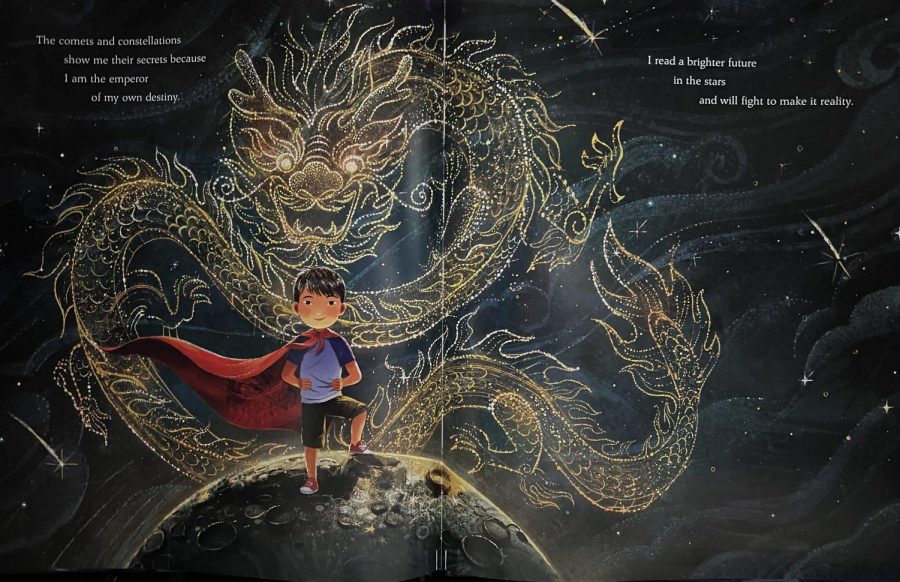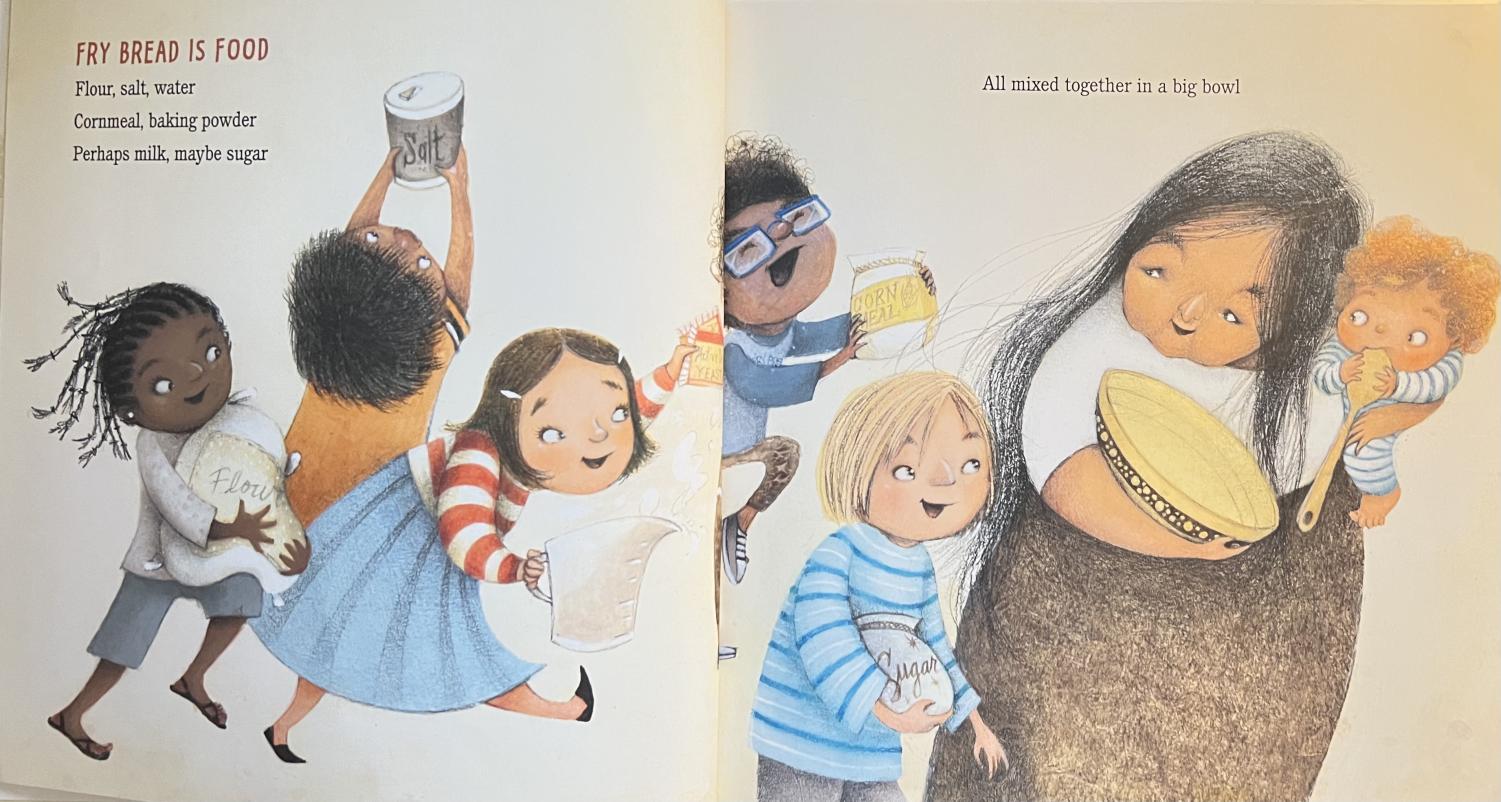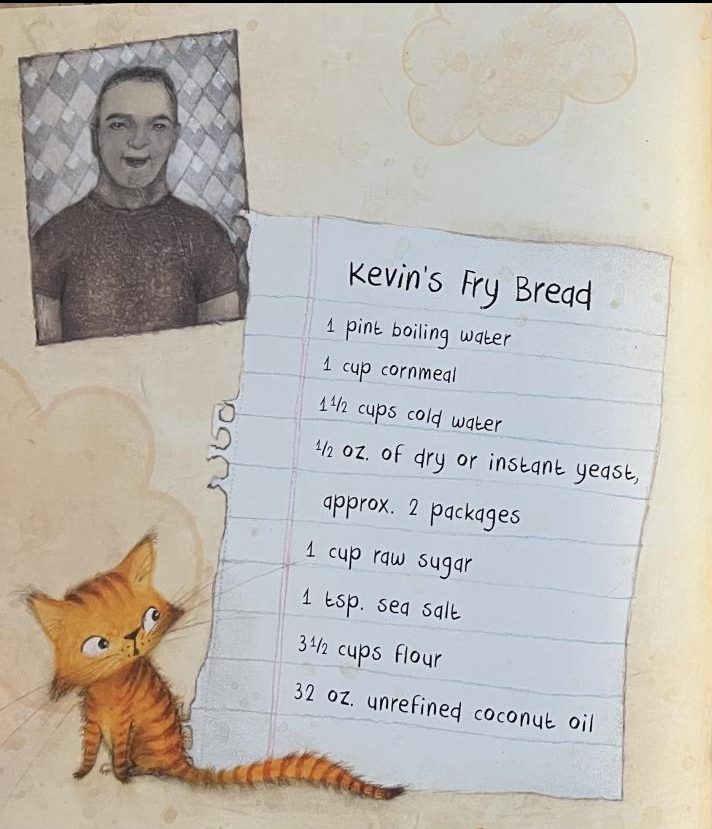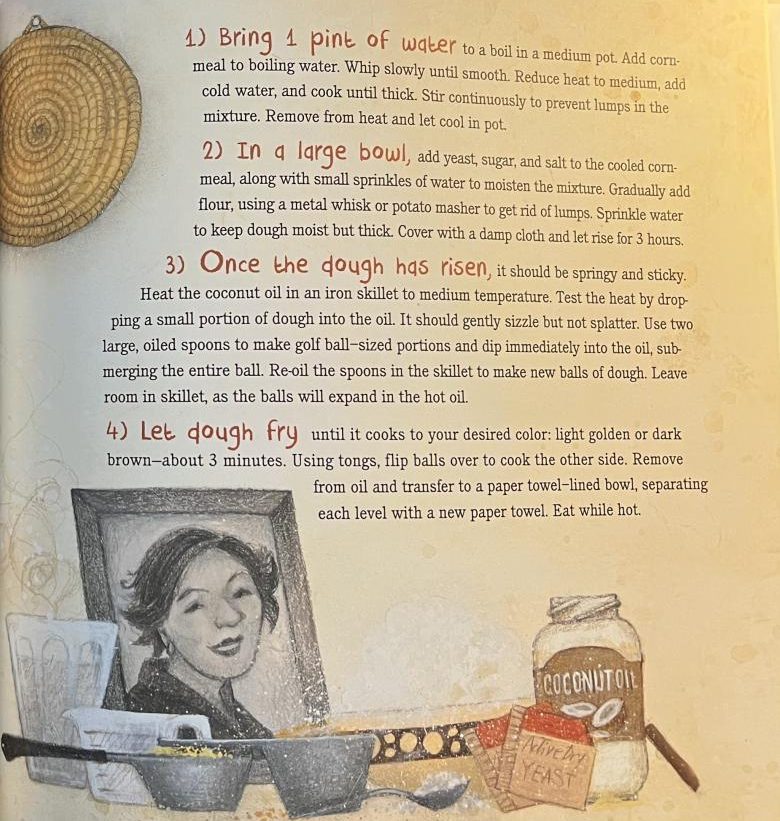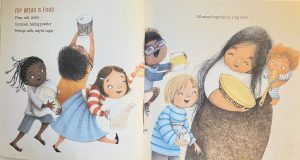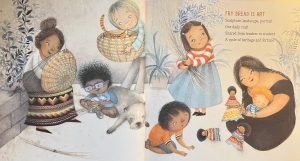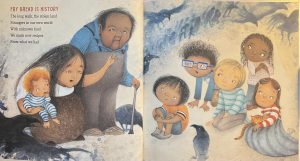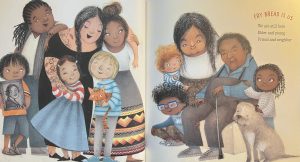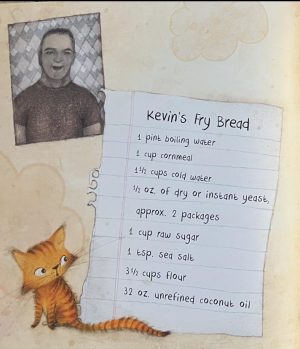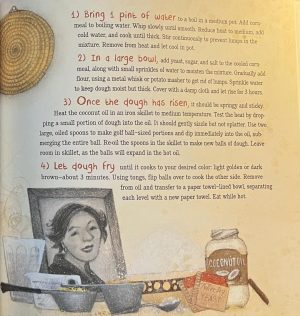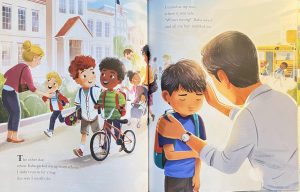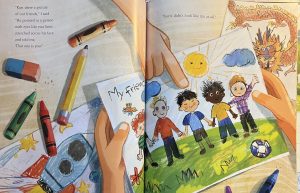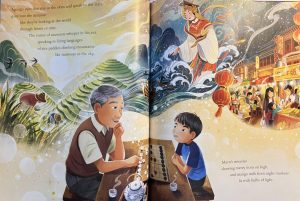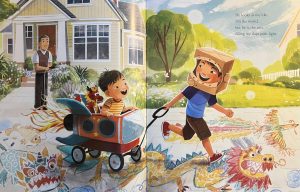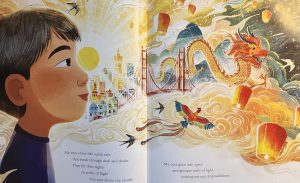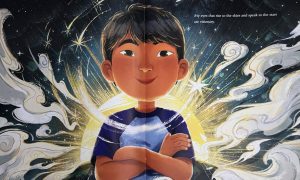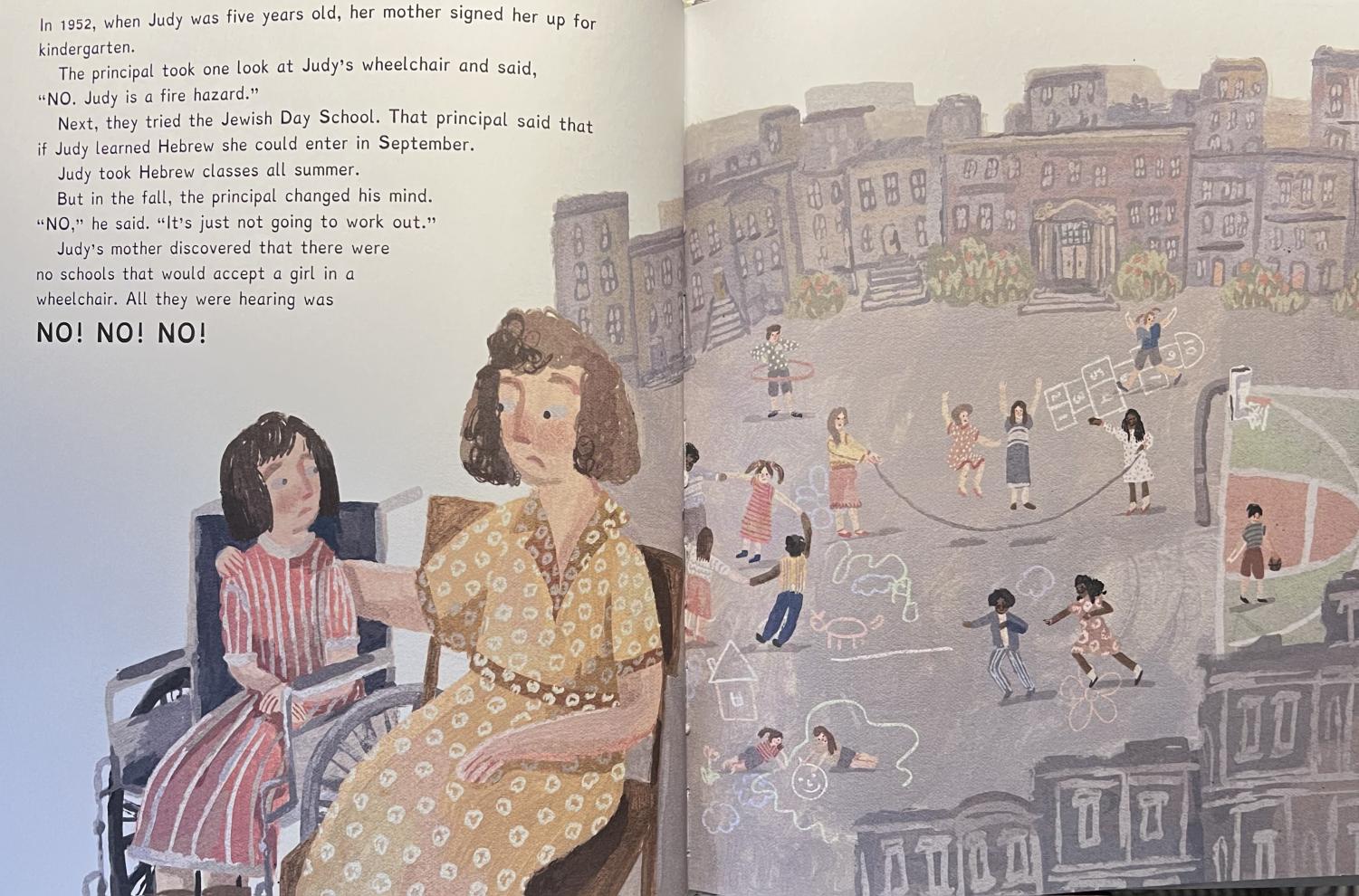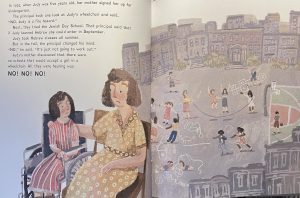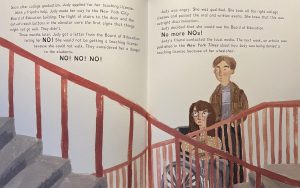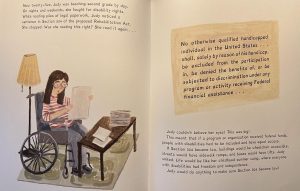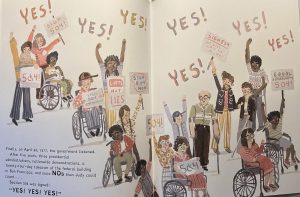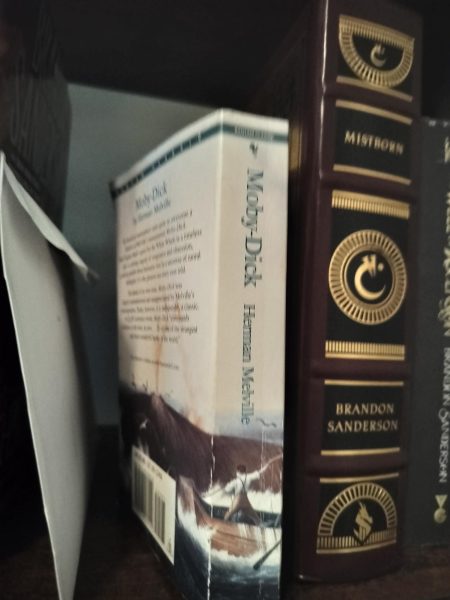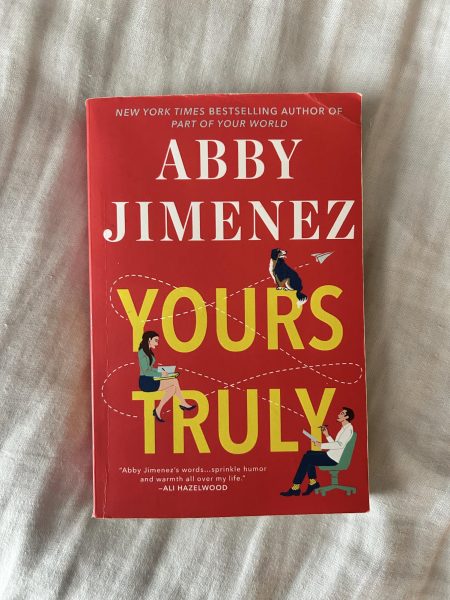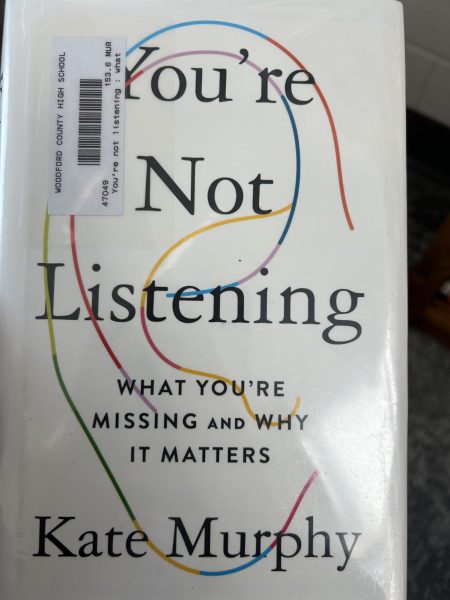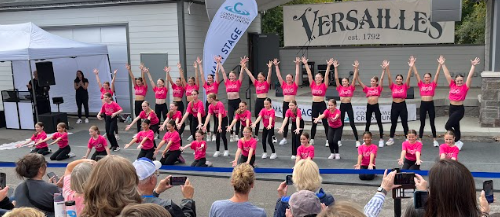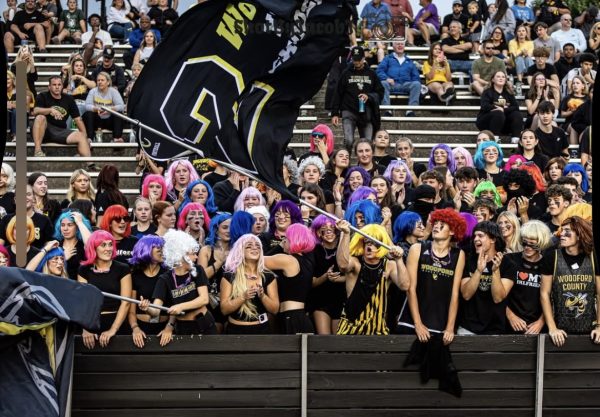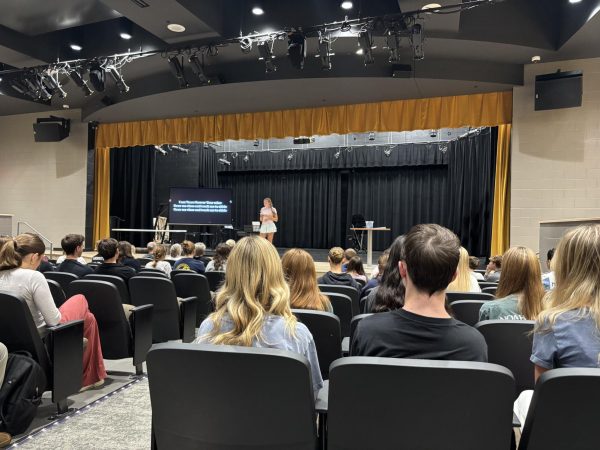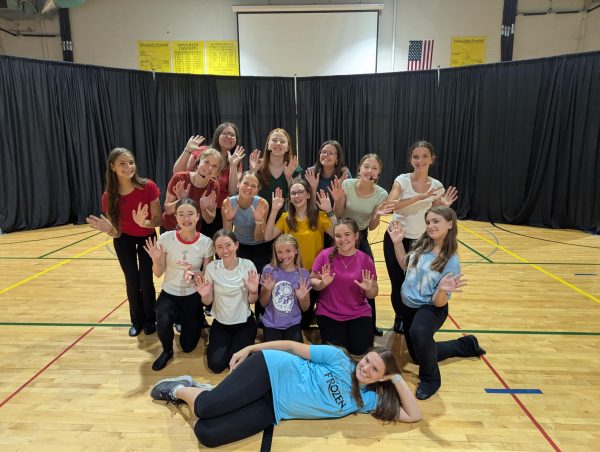Representation Progression In of Children’s Literature
Favorite childhood books are to be given new perspectives, fostering uniqueness and creativity. Here’s to the future stories that’ll last a lifetime.
Dear reader, the stories you read growing up influence you for a lifetime, for they are the foundation and core components of shaping your view of the world.
“Books are sometimes windows, offering views of worlds that may be real or imagined, familiar or strange. These windows are also sliding glass doors, and readers have only to walk in imagination to become part of whatever world has been created or recreated by the author. When lighting conditions are just right, however, a window can also be a mirror. Literature transforms human experience and reflects it back to us, and in that reflection, we can see our own lives and experiences as part of the larger human experience. Reading, then, becomes a means of self-affirmation, and readers often seek their mirrors in books.”
— Rudine Sims Bishop
Children’s literature has been molded and reshaped as of late. Authors and illustrators seek the matter of diversifying their stories. A child needs to see themselves in a book.
Books are the gateway to connecting with others, whether it is locally or internationally; therefore, it is humanistic to include all representations of people in literature, most especially in children’s literature.
A White World
Over time, depending on when and where in history, the definition of who has been considered white fluctuates. Before swinging into details, the word white needs to be defined. According to the United States Census Bureau, their website states, “White– A person having origins in any of the original peoples of Europe, the Middle East, or North Africa.”
In the United States, racism is still at large. A person is taught racism; they are not inherently racist. Children who live in isolated areas or in the extremities of one-way-minded people do not experience the world realistically, meeting those unlike themselves. Showing a child selective media, that only reflects themselves, has an increased chance of exaggerated self-importance, according to Colorín Colorado.
Historically, kids who fall into minority groups have searched for their “mirror” in literary works. If lucky, the findings are distorted, negative, stereotypical, or baffle-worthy. Their placement and purpose in life appear unseen and ignored.
Kids should be imaginative, but at what cost, and to what extent?
Kids shouldn’t imagine seeing themselves in books.
It should be a given a child sees their “mirror” in books.
At present, more often than not, children from dominant social groups find their own “mirror” in books. Although this speaks volumes to them, many are not realistic. Books should be utilized as windows into reality, not just fantastical worlds. Essentially, their literature intake should be representative of the natural world, demonstrating a multicultural world. Because children do and always have grown up in a multicultural world, but it is not always made aware to them.
Largely speaking, early 2000s children’s literature was next to nothing diverse. Authors of non-white origins or backgrounds, usually those of color, trialed through great strengths to add to the count of diverse books. Although, few were popularized or present in elementary schools.
For the most part, every book I read involved a white main character or dealt with standard white struggles, none of which I could relate to, as I am Asian. I watched as friends of Caucasian backgrounds find their “mirrors” in books. I would often think to myself, well, aren’t I the main character too? A question like this emerged around fifth grade for me. Until middle school, I was not knowledgeable of the problem with reading books of little representation, I thought this to be the norm. I had grown up in a predominantly white community in a small rural farm town: I was closed off.
In elementary school, I was raised with stories involving mainly white characters. With this in mind, there comes a sort of brainwashing I developed. The unfortunate truth is, I believed I was incapable of being important and deemed with no potential for extraordinary things.
Books on shelves in libraries were plastered with white characters on the main covers. For some time, I began imagining myself as these white characters, in hopes I could relate more to them. Typically, there were fictitious stories where the princess is intelligent and beautiful, and practically magnificent. Ultimately, she’s the one where glory and beauty are most portrayed, and in the end, she’s the girl who has a prince racing to rescue her, but she is white, and I am not. I, an Asian girl, wanted to be that princess. As dream-crushing as it was, I didn’t look like her, I wasn’t her.
A few notable stories I read growing up were “Pinkalicious,” “Knuffle Bunny,” “Fancy Nancy With The Posh Puppy,” and “Franny K. Stein.” All of which had been based on white characters. For some time, I began associating subjects of beauty and intellect with strictly those of white backgrounds. Regardless of the lack of diversity, I still appreciate having read these wonderful stories. Though at times I question how I might’ve fared with seeing my “mirror.”
A Colorful World
Native American Representation
Regarding social groups, Native Americans appear very little in children’s literature. Across the country, parents have complained that Native American books are inappropriate for their children. Stories have shed light on the mistreatment of Native Americans, but by explaining whites as the antagonist of the storyline, this erupted in controversy. Parents have wished for happier versions of stories to be told to their children, due to the factor of appearing bad or violent. While this makes sense, it rewrites or alters the sets of events in the historical timeline. The topics of gore and violence should be withheld from children for a certain amount of time, to allow children to be children, but the teaching and culture can and should be introduced to them.
Here is a model, “Fry Bread” authored by Kevin Noble Maillard and illustrated by Juana Martinez-Neal.
Native kids can find mirrors that reflect who they are and their culture.
In the book, the author invites kids to cook with a Native American grandma. Kids of all races carry flour, salt, baking powder, and other supplies into the kitchen to make dough for fry bread. Children learn the cultural meaning and importance of fry bread and are taught it can be appreciated and made by anyone to enjoy. In the back of the book, the author left the recipe and instructions for the reader to follow along to make it themselves.
The author, Maillard, portrays the importance of keeping cultural traditions alive quite well. Not only that, but the inclusivity of people draws in an even greater appreciation. Culture is meant to be shared. Culture is not meant to be secret and exclusive, but meant to be preserved for the future to enjoy and experience too.
Taiwanese Representation
Names and origins aren’t the only aspects of who you are. Physical features tell a story of family history and advancement. Faces are a combination of past and present. Your face represents features your past ancestors fell in love with. In its way, it is a beautiful story. Each curve, dimension, thickness, frame, articulation, and texture, whether soft or rough or jagged is perfectly crafted.
Charming as it may be, physical features have also separated us, humans. In many situations, it can be a driving factor for disastrous prejudice.
Normally, kids of color experience slight or extreme racism. In the United States of America, the chances increase, especially in predominantly white towns. Although, do not let this contort the view of racism, as if this is only an American conflict. Racism remains present all over the world in numerous countries, as sad as it is.
The significance and uniqueness of physical appearances are shifting their way into children’s literature. It is a movement to evolve the stereotypical views presented in media and to recognize the early hardships of physically being different.
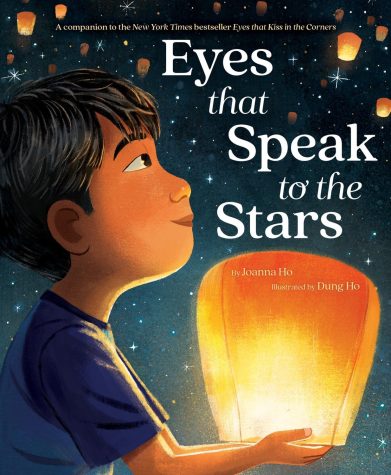
The book “Eyes That Speak To The Stars” was authored by Joanna Ho and illustrated by Dung Ho and was published in February 2022. The narrative is about a young Asian boy, specifically Taiwanese, who experiences the beauty that is having uniquely shaped eyes.
At the beginning of the picture book, the boy’s father arrives to pick him up from school. His father, Baba, realizes he’s upset. He tells his father his friend drew a picture of him and his friend group, but his eyes are two lines stretched across his face. For the rest of the book, the young boy explores the power and gift his eyes are. The boy’s Agong, the word for grandfather in mandarin, helps his grandson seek the history of his eyes. The end of the book shows the boy has repaired and expanded his perception of his eyes.
The saying goes, eyes have the power to tell a story, and this most definitely remains true. From a young age, being different in any form or shape can be confusing or possibly anxious at times, and handling these worries can be challenging on your own. The young Taiwanese boy finds worth in being distinctive with the help of his father, Agong (grandfather), and little brother. The author, Joanna Ho, allows insight into the individual of being physically dissimilar from your peers. In the end, it’s about learning from one another and experiencing the world around you, including those unalike or alike.
Books allow the reader to explore new topics or people, whether they’re within proximity or not, it’s seriously an extraordinary thing. The fear of judgment and the unknown can be withered away.
A bit of a twang, a rhythm, and a flux
Value is found by preserving authenticity in literature, particularly in dialect, rhythm, and grammar. An obvious distinction shows the person is from a specific social group, making them unique.
If one were to remove or adapt a word to their own language, one simply diminishes the people and their culture. To intentionally ignore the original word and pronunciation disrespects the name and its value.
Interestingly enough, I returned to my former elementary school and I noticed the books on shelves or out on the displays looking different. There are characters of color front and centered on the covers of books. Curiously, I read a few of those picture books. The advancement in diversity and portrayal of everyone belonging was refreshing. Truly, I never imagined books to have characters or plots I could relate to. Deep down, had I had the opportunity to read them back then, I know eight-year-old me would’ve been jumping for joy. Allow me to share two favorites I stumbled upon.
The first book, titled “That’s NOT My Name!” is authored and illustrated by Annosha Syed. On the front cover, the author left a message, “Be proud of who you are.” Her message is one of everyone should understand and apply to their lives. On the front cover, surrounding the girl and her quote, “That’s NOT My Name!” are incorrect variations of her name. The book was published on July 12th, 2022.
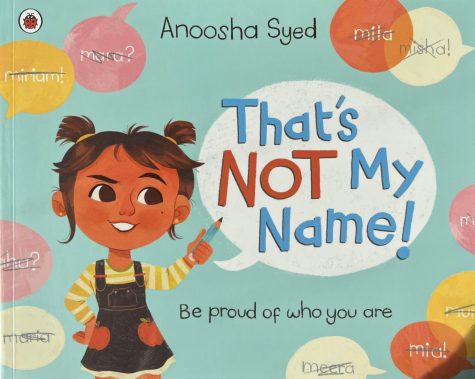
The book is about a little girl named Mirha (Mir as in miracle and Ha as in Haha), who has an Arabic name, however, her classmates and teachers incorrectly pronounce her name.
Before school, she is ecstatic to meet new friends.
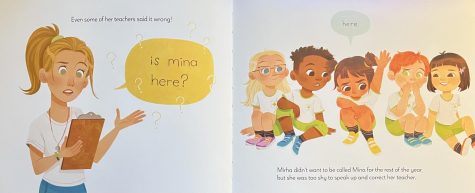
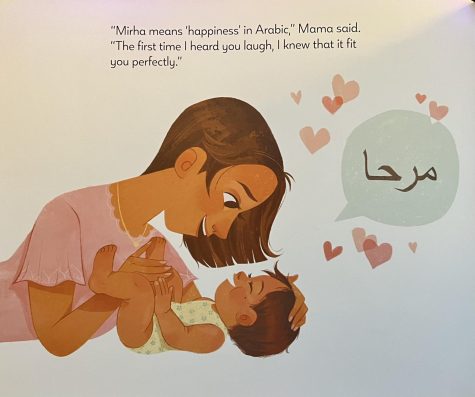
In her journey navigating elementary school and dealing with peers incorrectly pronouncing and spelling her name, naturally, she becomes embarrassed and wishes to correct people but does not. One day, she tells her mother she wishes to change her name, but her mother was not happy with this thought. She tells Mirha she has a beautiful name because in Arabic her name means ‘happiness’. Her mother encourages her to embrace it and to be proud of her name. In the end, Mirha believes her mother and begins correcting classmates on the correct pronunciation and spelling of her beautiful name.
Names originate from numerous places all over the world, and with each one there is a special meaning behind it. Even the uncommon ones are just as valuable. Simply because a name is less heard of, does not mean it is ever too much for someone to learn the correct pronunciation or spelling. Everyone deserves to be called by their unique name.
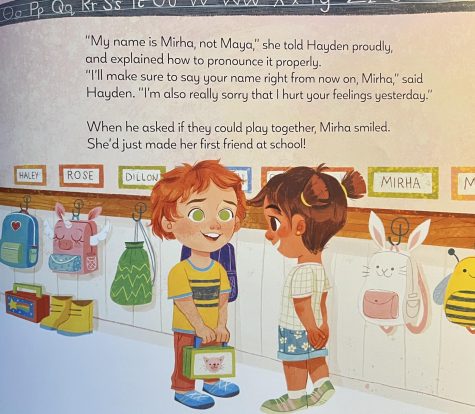
Creating a book dealing with cultural differences, that of having an uncommon ethnic name allows perspective and open-mindedness to condition easier to the learner. This can be achieved through diverse media. Seeing the daily rituals and life of another provides someone to see your norms, and therefore make them the norm. It is the insight that drives us, humans, closer to understanding one another.
Solely A Label Human
A subgenre of literature types is people with disabilities. In the last half of the 20th century and the beginning of the 21st, there has been a movement toward an acknowledgment of the normalcy of disability. Gradually, contemporary United States literature reflects this action. Regardless, the efforts to include disabled characters in books continue.
Traditionally, people with a disability were denied rights, cast as broken or useless, and thought of as not worthy of sensible human decency. Commonly, these attitudes resulted in practices of exclusion and confinement and defined whole people as entirely ill, nothing more than a label.
Author Maryann Cocca-Leffler, illustrated by Vivien Mildenberger, collaborated to write a book that introduces the toils and power of being disabled in the picture book “Fighting for Yes!” With success, the book was published on August 9th, 2022.
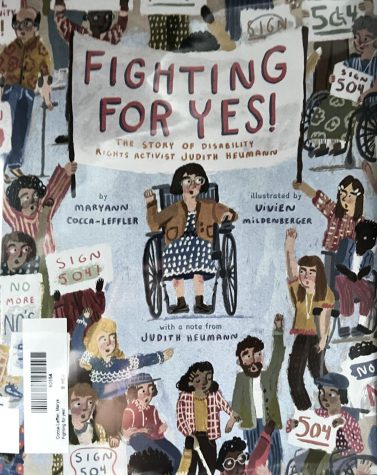
The book follows the narrative of Judy Heumann, who was diagnosed with polio at a young age, and had since then been mobilized in a wheelchair. In the 1950s and 1960s, most places were not accessible for those disabled. Judy planned to attend public school but was repeatedly denied.
The two-letter yet discouraging word “No” reigned in her life everywhere she went. Later, Judy wanted her teaching license but was dismissed by the New York Board of Education. She was qualified and had taken the time to do the practice. Tired of the mistreatment, she decided to sue the Board of Education. On May 26th, 1970, Judy sued the New York City Board of Education and won. Finally, she got herself a “Yes.” Judy and her friends joined together to create Disabled in Action, an organization to fight for the rights of all people with disabilities.
One day, while reading piles of legal paperwork, Judy noticed something. She read Section 504 of the proposed Rehabilitation Act.
The American Coalition of Citizens with Disabilities, an organization Judy cofounded, rallied all over the country to try to sway the government to sign the bill. A sit-in had begun, and it was enough for the government to realize the significance of sighing the act. It had been a massive “Yes” for the disabled.
Opening the doorway to exposure of those unalike allows more positive interactions. In some scenarios, a student may believe another student has an unfair advantage over something. Little does the kid know the other child has a hindrance. All to say, by supplying children with the necessary resources to learn and understand their fellow peers, gaps like these can decrease. For those disabled, the feeling of belonging can feel and be closer.
Although, the unfortunate reality of presenting people with disabilities accurately is still in its literature journey. The path of literature regarding disabilities still projects stereotypical or questionable plots. Hints of the underlying issues: the author presents a disability as only a physical effect rather than a mental or emotional stressor, shows them as helpless or incompetent, used it for comedic purposes, shows resolution but in a dismissive element, and more. The truth is, everyone has a personal experience, and it cannot be representative of all disabilities.
Evidently, those disabled fear the miss of proper representation. To them, representation can mean nothing if incorrectly executed. After all, the entire point of representation is to represent.
You-nique
Children’s literature will forever remain top tier it is not only powerful but empowering. Authors can take complex concepts, ideas, or feelings, and express them through the literature on a level everyone can understand. It is the beauty of storytelling. No matter the age or location, everyone has something to learn from children’s books. It is the hope that children learn to navigate imaginary worlds filled with differences, with the faith that they will apply those lessons to their own lives.
Deep down, beneath the world’s troubles, our inner child still lurks.
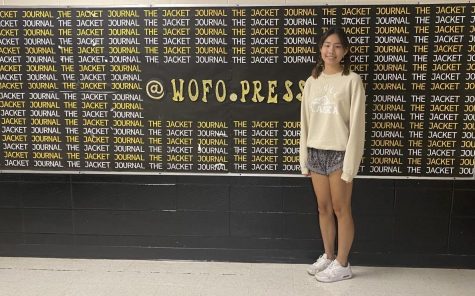
MeiLi is a WCHS senior; this is her first-time reporting for The Jacket Journal. She has run for four years on WCHS’s cross-country team. She is a driven...

